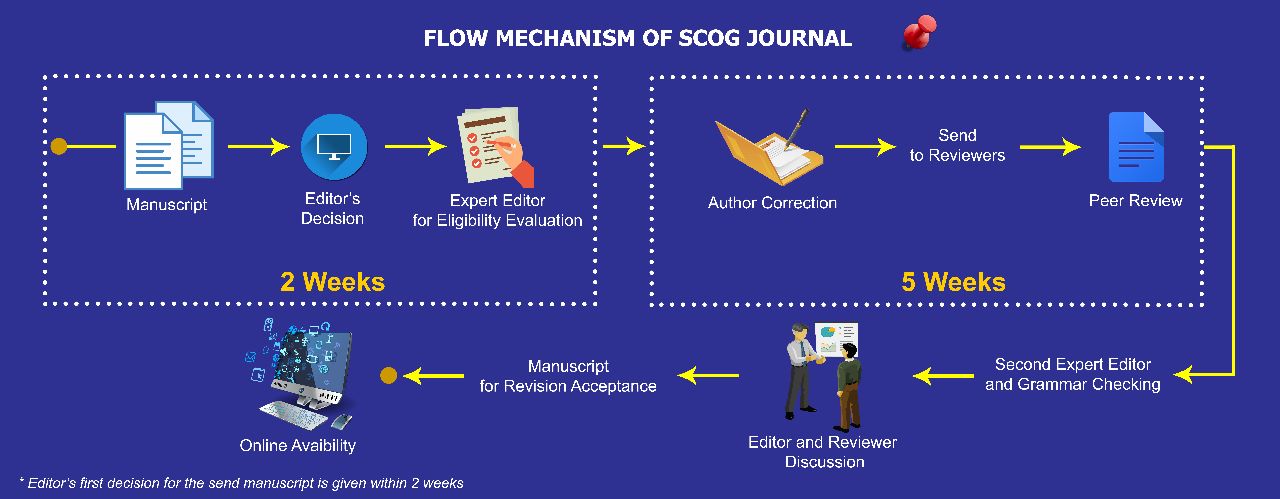Wax Precipitation in Crude Oil by Coutinho Model Based on Conventional Gas Chromatography Data
Abstract
Wax precipitation in crude oils can produce problems in oil production and transportation operations. Prediction is the key of avoidance or remediation of the wax problem of flow assurance. Among the wax prediction thermodynamic model, Coutinho model can be run using limited laboratory data, but the result is comparably accurate. The model requires n-paraffin distribution, which commonly determined by high-temperature gas chromatography (HTGC) analysis. However, only few laboratories could perform the HTGC. Lemigas has abundant database of crude oil with conventional gas chromatography data. An extended n-paraffin distribution was calculated based on the conventional GC data by performing extrapolation and normalization to total wax content. The n-paraffin distribution was applied in Coutinho model to predict wax precipitation of a crude oil sample. The WAT obtained from the model deviated only 2°C from DSC data. The result was also valid to DSC data in term of precipitated wax amount along temperature range.
Keywords
Full Text:
PDFReferences
11Alcazar-Vara, L., & Buenrostro-Gonzalez, E., Liquid-Solid Phase Equilibria of Paraffinic Systems by DSC Measurements In A A Elkordy, Applications of Calorimetry in a Wide Context -Differential Scanning Calorimetry, Isothermal Titration Calorimetry and Microcalorimetry. Open Source: Intech. (2013).
12Chen J., Zhang J., Hongying L., Determining the wax content of crude oils by using differential scanning calorimetry, Thermochimica Acta, 410, 23–26. (2004).
6C. Lira-Galeana, A. Firoozabadi, J. M. Prausnitz: 1996, ‘Thermodynamics of Wax Precipitation in Petroleum Mixtures’, AIChEJ, 42, 239.
3D. D. Erickson, V. G. Niesen, T. S. Brown: 1993, ‘Thermodynamic Measurement and Prediction of Paraffin Precipitation in Crude Oil’, SPE 26604. 601–607.
10Hammami. A. and Raines. M.A., 1997, Paraffin deposition from crude oils: comparison of laboratory results to field data. SPE 38776. In: 1997 SPE Annual Technical Conference and Exibition, San Fransisco, October 5-8.
5H. P. Rønningsen, B. F. Sømme, K. S. Pedersen: 1997, ‘An Improved Thermodynamic Model for Wax Precipitation: Experimental Foundation and Application’, Multiphase ’97, BHR Group.
7J. A. P. Coutinho: 1998, ‘Predictive UNIQUAC: A New Model for the Description of Multiphase Solid -Liquid Equilibria in Complex Hydrocarbon Mix¬tures’, Ind. Eng. Chem. Res., 37, 4875.
8J. A. P. Coutinho: 2000, ‘A Thermodynamic Model for Predicting Wax Formation in Jet and Diesel Fuels’, Energy & Fuels,14, 625.
9J. A. P. Coutinho, J.-L. Daridon: 2001, ‘Low- Pressure Modeling of W ax Formation in Crude Oils’, Energy & Fuels, 15, 1454, (2001).
2J. H. Hansen, Aa. Fredenslund, K. S. Pedersen, H. P. Rønningsen: 1998, ‘A Thermodynamic Model for Predicting Wax Formation in Crude Oils’, AIChEJ, 34, 1937.
4K. S. Pedersen: 1993, ‘Prediction of Cloud Point Temperatures and Amount of Wax Precipitated’ SPE 27629.
1K. W. Won: 1989, ‘Thermodynamic Calculation of Cloud Point Temperatures and Wax Phase Compositions of Refined Hydrocarbon Mixtures’, Fluid Phase Equil., 53, 377.
DOI: https://doi.org/10.29017/SCOG.36.2.764

This work is licensed under a Creative Commons Attribution-NonCommercial-NoDerivatives 4.0 International License.






